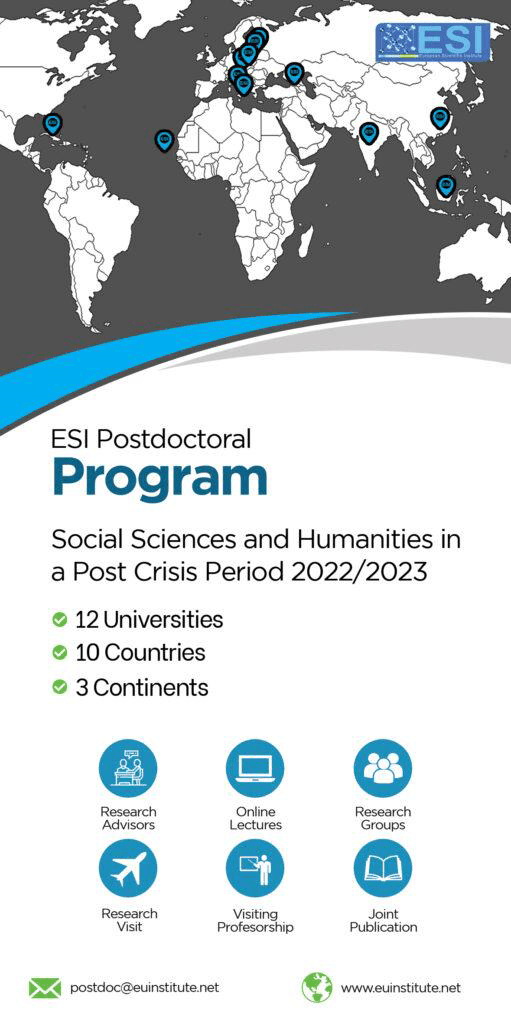THE SOCIOLOGY OF ISLAMIC CULTURE
Abstract
The Islamic Culture’s sociology engulfs all socio mores of human way of living. The criterion and nature of this society is to regulate the individual’s conduct both in person and with other human beings, basing on his Creator’s moral fiber for ultimate success. This edict of living is marvelous which distinguishes itself from manmade experiences and evolution in its application. This is divinely ordained, tangible and everlasting for all related situations. It standardizes all living obligations of human life like faith, rituals, education, matrimonial, legal, social, political, economics and behavioral ethics. It provides guidance for every obligation of life including all societal issues of peace and war times, national/international. The main sources of guidance are the ‘Quran and Sunnah’ with two supplementary sources: Ijmaa and Qiyas: (Drawing analogy from the essence of divine principles and preceding by the jurists/learned people for all religious and socio living). These rulings open the doors of cosmopolitan culture for peace and progress. This sociology provides solution for all new issues of life on earth with respect to other religion’s values. The example is “The truce of Madina by the Prophet of Islam (saw)” in 634 AD. The Islamic way is of tolerance and peace, it presents a moral, spiritual human civilization force which made and is making positive contribution for the development of human living. The present adversary of other cultures/ religions’ followers against Muslims and Islamic culture is addressed in this paper.Downloads
Download data is not yet available.
Metrics
Metrics Loading ...
Published
2014-12-29
How to Cite
Malik, M. K. (2014). THE SOCIOLOGY OF ISLAMIC CULTURE. European Scientific Journal, ESJ, 10(10). Retrieved from https://eujournal.org/index.php/esj/article/view/4856
Section
Articles







